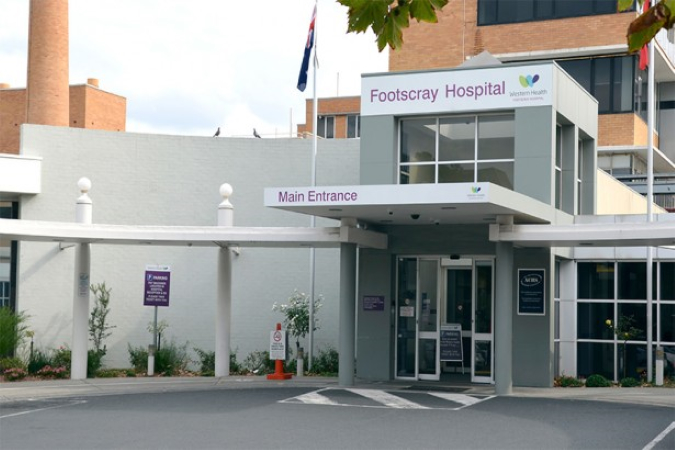29
Jan 2018
Footscray Hospital to be Rebuilt with $50 Million
Published in News on January 29, 2018

The proposed rebuild of Footscray Hospital has been given a boost thanks to a $50 million funding allocation in the state budget.
The community has fought hard and campaigned relentlessly for the hospital to be rebuilt and their efforts are now paying off. Now the government has conceded that the hospital is in dire need of renovations.
In order to make this possible, a $50 million provision has been added into the state’s budget. This money has been earmarked to be used in the development of a business case, and also to commence design works for the construction of a brand new hospital building. Additionally, the money will allow for planners to explore other options, such as purchasing new land.
Increased Funding
The $50 million figure compares with the $17 million that was allocated last year, to be used to fund the renovation of three wards, as well as planning for future redevelopments.
In 2014, the state government was presented with a briefing document, which cautioned that the hospital would require at least $300 million in order to bring it up to the standard needed to cope with the ever-growing patient demand and increasing healthcare pressures.
A Long Time Coming
An independent advisory body, Infrastructure Victoria, produced their own report which concluded that the hospital should be refurbished or rebuilt within the next 15 years. Jill Hennessy, the Health Minister, concluded that the hospital was no longer fit to serve the rapidly growing community surrounding it. She noted that the hospital had some of the oldest ward accommodation for patients in Victoria. It was also the last emergency department in the metropolitan area that hadn’t had any major renovations for 20 years.
Local Support
Marsha Thomson, the MP for Footscray, welcomed the additional funding. “I know how important this is to our local community – it’s why I’ve worked so hard to secure this commitment, so we can finally have the new hospital we deserve.”
The Greens MP, and member of Maribyrnong Council, Colleen Hartland, had been heavily involved in campaigning for the funds. “After years of campaigning, I’m so pleased Footscray Hospital is finally getting the attention it needs,” she said. “This rebuild is well overdue – you can’t deliver 21st-century healthcare in a 1950s hospital. But I’m just so happy that inner west residents will finally get the hospital they deserve.”
Western Health, the company that operates Footscray Hospital, described the funding allocation as a remarkable turning point for Melbourne’s West. Additionally, the chair of the board, Bronwyn Pike was even more enthusiastic, “Melbourne’s west is an area of great need. It’s one of the fastest growing areas in Australia and has some of the highest rates of cancer, heart disease, stroke and mental illness in Victoria.
“Footscray Hospital has been at the heart of our community for 60 years, and so we are thrilled that it will soon become the world-class, modern facility that our patients deserve.”
The renovation of Footscray looks set to be a real boom for the local community.









